ScoreBand PULSE Rangefinder Review
Completing a line of affordable distance-measuring and score-tracking devices, the ScoreBand PULSE rangefinder seeks to provide precise yardages at a significantly lower price than others on the market.
Information from ScoreBand
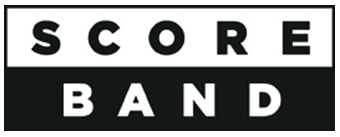
ScoreBand PULSE is the super compact, high-quality, lightweight laser rangefinder that gives you precisely what you need to go low. Sleek and practical. Comes with battery (CR2 3 volt), carrying case, and microfiber lens cloth.
FEATURES:
- 400 Yard General Range
- 250 Yard Range To Flag
- Accurate +/- 1 Yard
- 6x Magnification
- Yard/Meter Measure Option
- Crosshair/Flag-Lock Display
- Low Battery Indicator
- General Mode/Flag-Lock Mode
- Auto Shut-Off
- Dimensions: 4″ x 3″ x 1.5″
- Weight: 150 grams
- $179.99
Features and Aesthetics
Though we’ve recently seen a small explosion of technology advancements in laser rangefinders, the most basic feature (distance measurement) is important enough that a unit can be viable without a large number of bells and whistles. That becomes even truer if we consider price, as the market leaders’ offerings often come with a hefty price tag. The PULSE is in many ways a bare-bones rangefinder, which leads to maybe its most impressive feature – the $179 price tag. Assuming the unit works, which we’ll delve into later, the price of the PULSE will be highly attractive to many consumers.
At 150g in weight, the PULSE is certainly lightweight and its size dimensions allow for one-handed operation and easy storage. Some of the weight savings likely come from its plastic casing, which does present some concerns in regards to long-term durability, but testing didn’t indicate any issues over the course of a month of testing. Also, it does come with a carrying case and one-year warranty, assuming one takes the time to register the device with the company after it is purchased.
The white/black casing is attractive the eye and the two green operation buttons are situated in a way that they are easy to find without needing to look for them. The OPEN button is the one pushed to activate the unit and engage the laser. Interestingly, the first push does both of those things in tandem, so if you’ve pointed the unit anywhere other than the target, the first thing you’ll see in the viewfinder is the distance to whatever the unit was pointed at. The MODE button cycles between the two modes (general and flag lock) and either meters or yards, depending on whether you press it or hold it down.

The screen in the viewfinder is clear with black reticles for aiming at the target. A press of the OPEN button will first display the diagonal lines seen above, and once the distance measurement is obtained they disappear and the yardage number is displayed. Flag Lock mode is said to improve performance by blocking out background objects and is indicated with the small flag shown in the picture above (it is gone in General mode), while General mode gives equal priority to all objects.
In summary, the PULSE was easy to use and carry and attractive to look at. It lacks many of the accessory features we see in higher priced units (slope, vibration, etc), but that is understandable at the price point.
Performance
There are two main focal points that we look at for basic rangefinder performance. The first is the accuracy of the distances provided by the unit and the second is how easy targets are to obtain.
Testing on the accuracy of the distances provided was done using both a GPS unit (for ballpark figures) and another well respected laser rangefinder (for precise comparison). This method showed that the PULSE was consistently accurate to a yard or so, indicating that its capability to measure distance is right in line with what one would expect from a laser rangefinder. Once locked on to a target, the distance was displayed almost instantaneously.
There were some issues with target acquisition at first, which were mitigated with some adjustments to the device. Curiously, Flag Lock mode proved to be frustrating at times, as it was often very difficult to avoid getting readings to background objects like trees behind the green. There were many instances where multiple attempts at locking in on the target were necessary before a valid reading was displayed. This could have presented an issue for those playing an unfamiliar course or those without good depth perception. It should be noted that this issue was experienced using both one-hand and two-hands and the reviewer doesn’t have any notable issues with shaky hands. However, switching the unit to the General mode seemed to clear this issue up for the most part. While still not quite at the level of some competitors (it still occasionally took more than one attempt to acquire a target), the PULSE did perform in a manner that was reasonable considering the price of the unit, especially after being placed in General mode.
Final Thoughts
At $179.99, the ScoreBand Pulse brings the laser rangefinder to a new group of potential consumers and does so in a compact and attractive package. While there were some target-acquisition issues observed in testing, finding the correct mode did seem to mitigate them and all valid readings were spot-on for accuracy. More information on the PULSE, including ordering instructions, is available on the company’s website, www.scoreband.net.



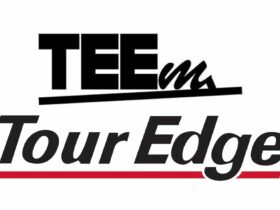




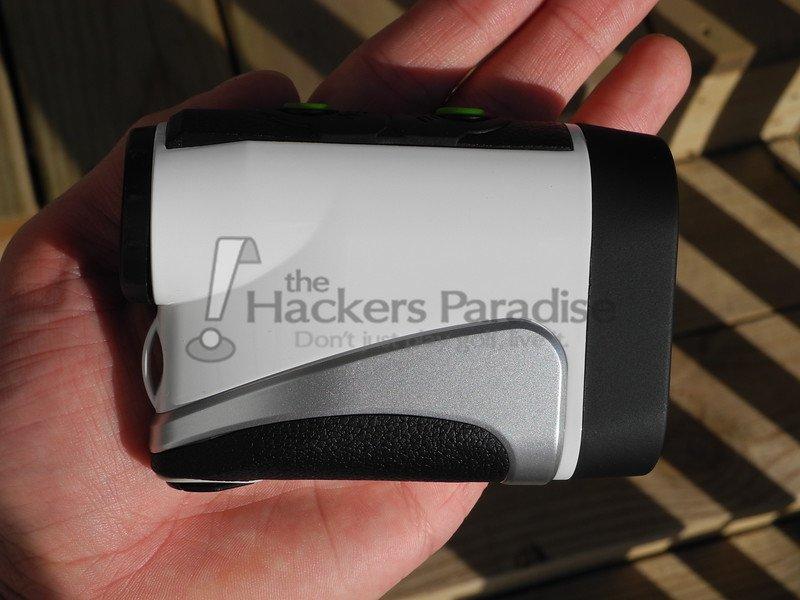
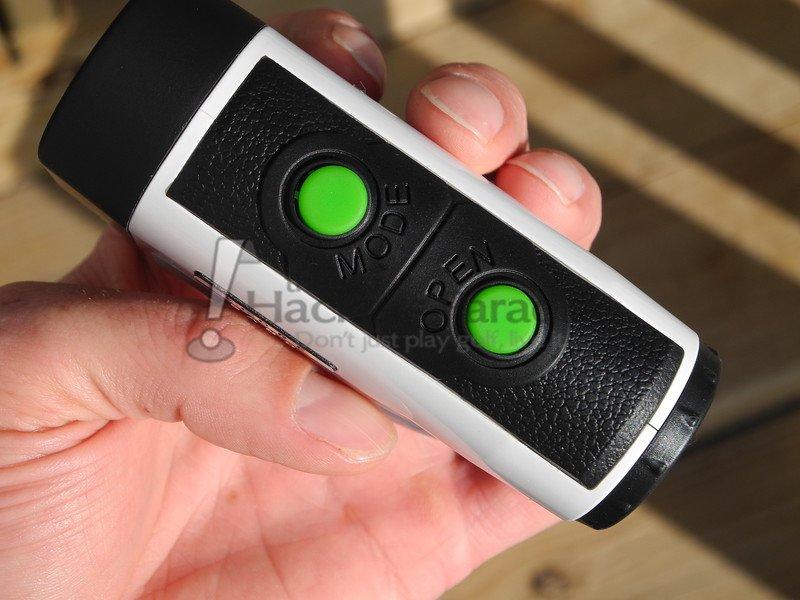
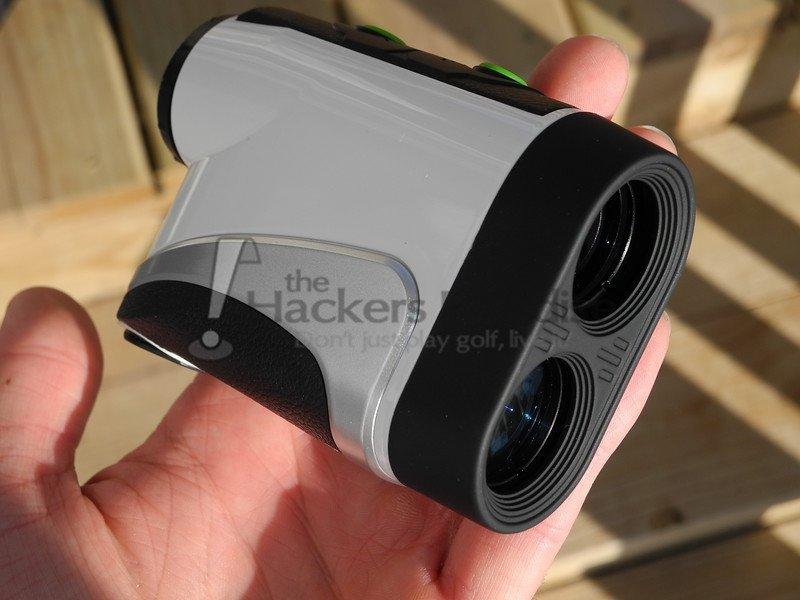
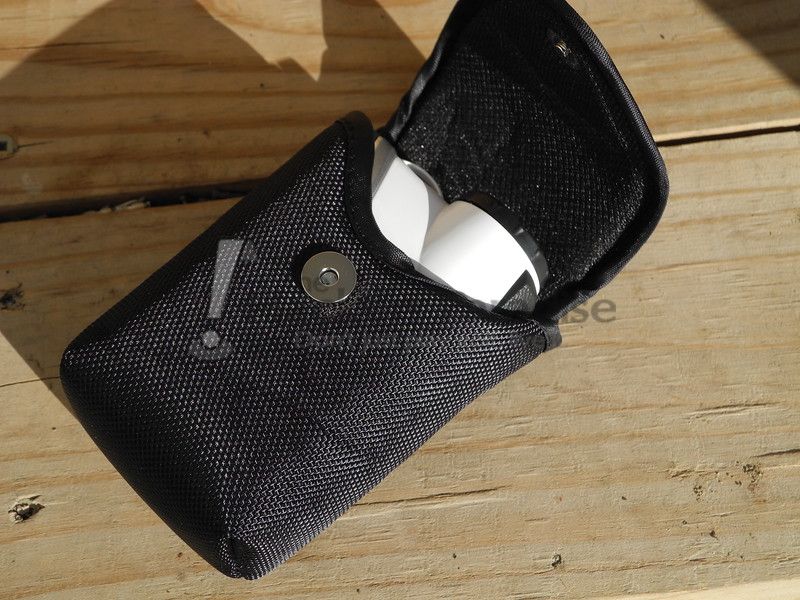





Solid review Hawk, while it sounds like the quality/performance is a bit short of the market leaders the fact that it’s half the price is a solid selling point for someone that’s willing to perhaps take an extra 20 seconds to lock in a yardage, etc.
Nice review Ryan. Seems like the unit serves its purpose. The casing does make me wonder how it would hold up over time, but at that price point it’s attractive to those in the market.
This could be a review for my Bushnell v3. Takes multiple attempts to lock onto flags with trees behind, sometimes throws out some funky numbers. Always have an idea of actual distance when using a laser.
Assuming this works well, I can’t see any reason to justify paying $100+ extra for the additional features found in the top brands (Bushnell, Leupold, etc.). It may look boring, but if it’s w/in 1 yard accuracy from 400 yards, I could care less if it vibrates. Slope is a nice feature, but there are still Bushnell’s without it that are much more expensive than this one.